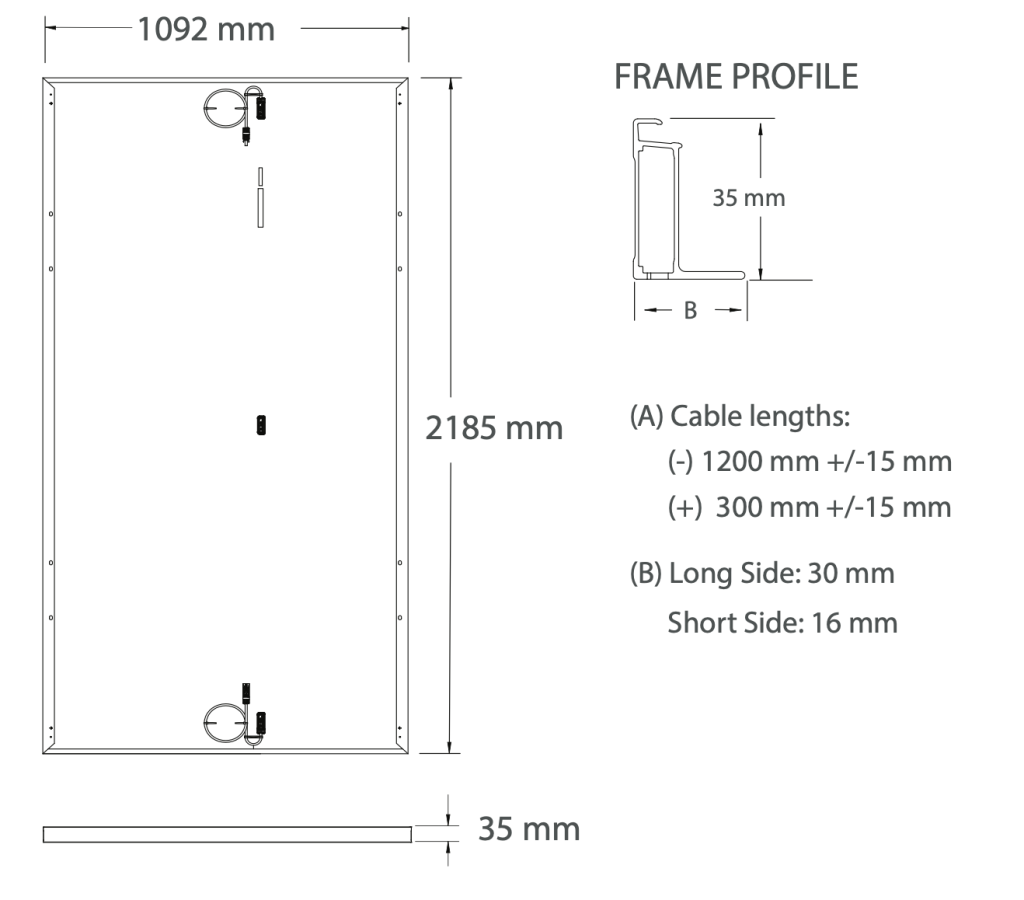Deciphering Solar Panel Data Sheets: How to Navigate Data Sheets Like a Pro
Understanding solar panel data sheets is essential when you’re considering investing in a solar energy system for your home or business. These documents contain valuable information that can help you make informed decisions about the type of solar panels that best suit your needs. In this guide, we’ll break down the key elements of a typical solar panel data sheet and explain how to interpret them. So, let’s dive into the world of solar panel specifications!
Identifying the Manufacturer The first piece of information you’ll find on a data sheet is the name of the manufacturer. This is important because reputable manufacturers often produce higher-quality solar panels with better performance and warranties. Look for well-known names in the industry, like those we work with at Platinum Solar Designs, to ensure you’re getting a reliable product.
Module Type and Model Next, you’ll see the module type and model number. Different module types, such as monocrystalline or polycrystalline, have varying levels of efficiency and costs. The model number helps you identify the specific panel within the manufacturer’s product line.

Figure 1. Electrical Data, Front STC Characteristics
Electrical Characteristics This section provides crucial details about the electrical performance of the solar panel:
- Nominal Power (Pnom): This is the panel’s maximum power output measured in watts (W). It tells you how much electricity the panel can generate under standard test conditions.
- Open-Circuit Voltage (Voc): Voc is the highest voltage the panel can reach when not connected to a load. It’s important for designing your system to prevent overvoltage.
- Short-Circuit Current (Isc): Isc is the maximum current the panel can produce in a short-circuit situation. It helps with sizing wires and circuit breakers.
- Maximum Power Voltage (Vmpp): Vmpp is the voltage at which the panel generates its maximum power output. It’s crucial for matching the panel to your inverter.
- Maximum Power Current (Impp): Impp is the corresponding current at Vmpp, indicating the maximum power production.

Figure 2. Mechanical Data
Mechanical Characteristics Here, you’ll find information about the physical dimensions and weight of the solar panel. Make sure the panel’s size fits your available installation space.
Environmental Information This part includes details on the panel’s temperature and humidity operating ranges, which are important for assessing its performance in your specific climate.
Warranty and Certifications Look for warranty information, including the panel’s performance guarantee and workmanship warranty. Additionally, certifications such as IEC or UL indicate that the panel meets certain safety and quality standards.
Additional Information This section may contain additional data on the panel’s tolerance, cell type, and other specifications that can impact its performance and suitability for your needs.
By understanding how to read a solar panel data sheet, you’ll be better equipped to make an informed decision when choosing solar panels for your home or business. At Platinum Solar Designs, we’re here to help you navigate these technical details and find the perfect solar solution tailored to your requirements. If you have any questions or need assistance, don’t hesitate to reach out to our experts. Solar power is an investment in your future, and we’re here to make sure it’s a bright one!
continue reading
Related Posts
Cum sociis natoque penatibus et magnis dis parturient montes, nascetur ridiculus mus.

